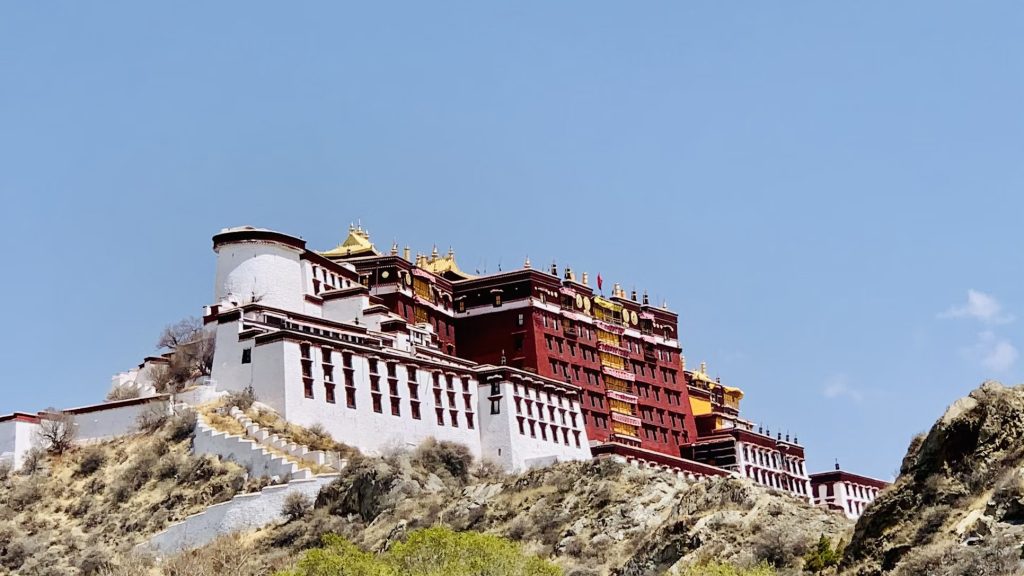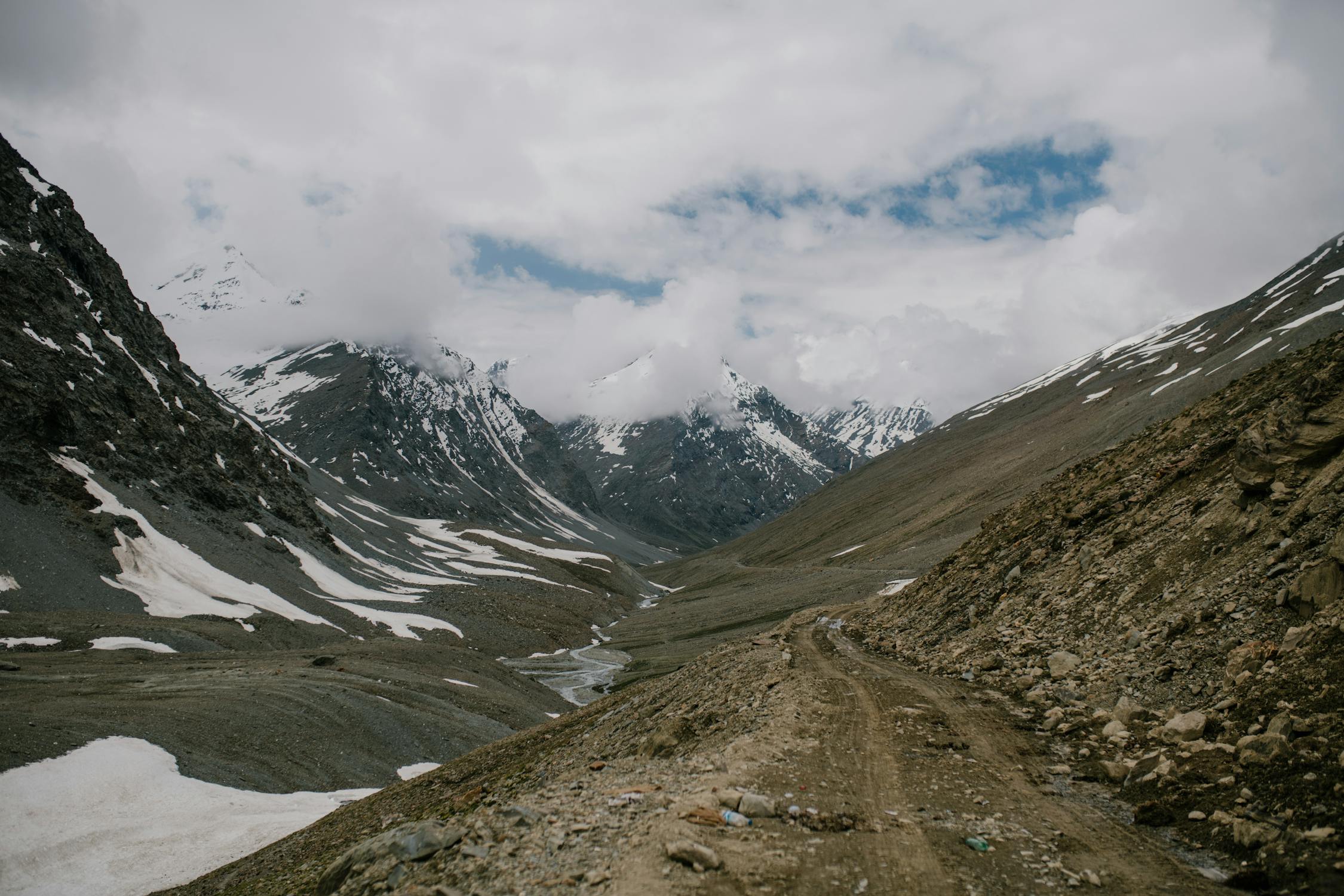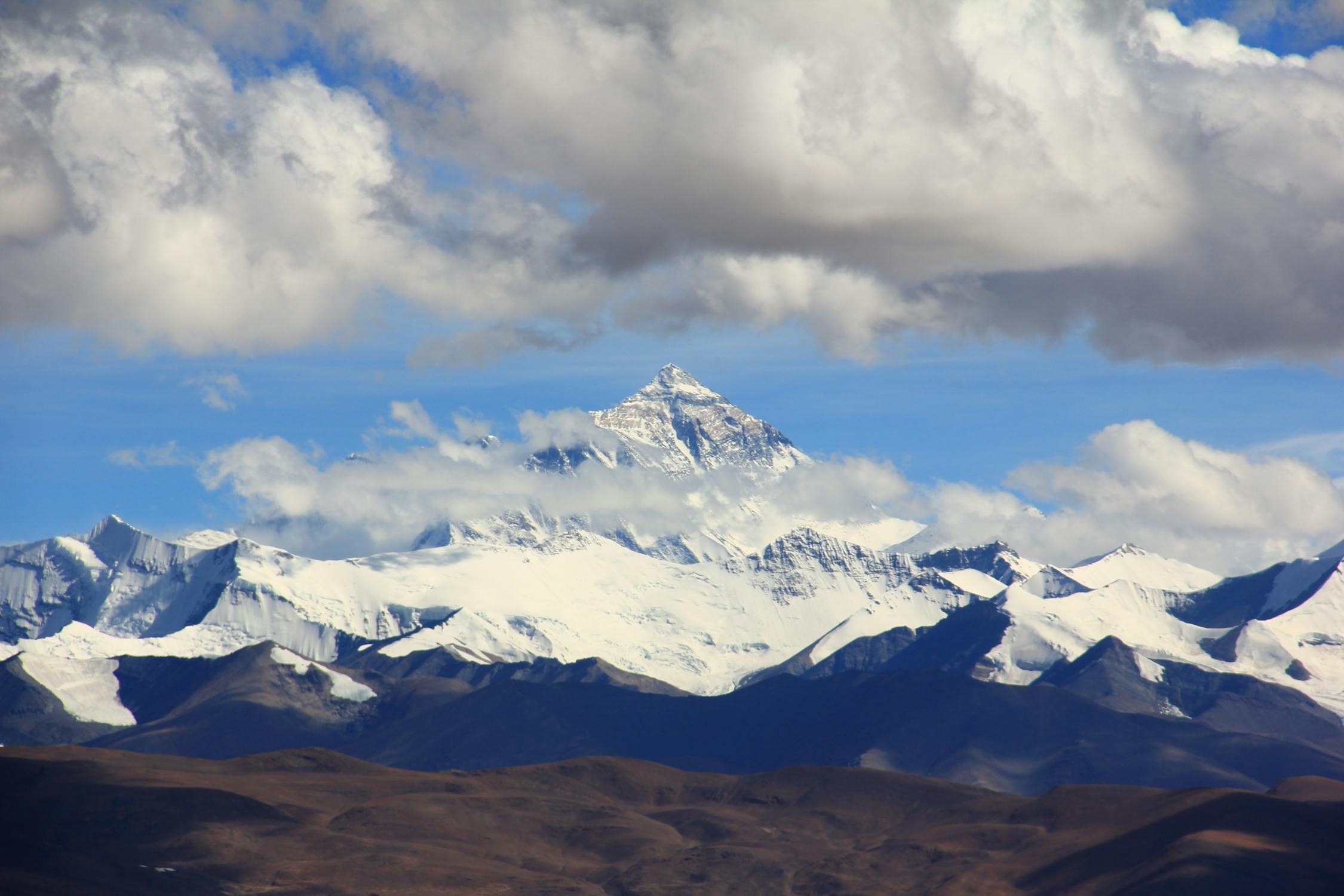Discover the Mystical Land of Spirituality and Himalayan Wonders
Tibet, often referred to as the “Roof of the World,” is a land of breathtaking landscapes, profound spirituality, and rich cultural heritage. Nestled in the heart of the Himalayas, this autonomous region of China captivates travelers with its towering mountains, sacred monasteries, and vibrant traditions.
A Brief History of Tibet
Tibet’s history is as fascinating as its landscapes. Dating back over 2,000 years, the region has been shaped by its spiritual and political evolution. The introduction of Buddhism in the 7th century transformed Tibet into a spiritual hub, with monasteries becoming centers of learning and culture. The Dalai Lamas, Tibet’s spiritual leaders, have played a pivotal role in shaping its identity.

In the 20th century, Tibet underwent significant political changes, becoming an autonomous region of China in 1951. Despite modern influences, Tibet has preserved its cultural and religious heritage, making it a unique destination for those seeking spiritual and historical insights.
The Spiritual Heart of Tibet
Tibetan Buddhism is the cornerstone of the region’s culture. The teachings of the Buddha, combined with local traditions, have created a unique spiritual landscape. Visitors to Tibet are often drawn to its monasteries, which serve as both religious and cultural landmarks.
Key Monasteries to Visit
- Jokhang Temple: Located in Lhasa, this UNESCO World Heritage Site is considered the holiest temple in Tibetan Buddhism. Pilgrims from across the region come to pray and circumambulate the temple, creating a vibrant atmosphere.
- Potala Palace: The iconic Potala Palace, also in Lhasa, was the winter residence of the Dalai Lamas. This architectural marvel, perched atop a hill, offers stunning views and a glimpse into Tibet’s spiritual and political past.
- Sera Monastery: Known for its lively monk debates, Sera Monastery is a must-visit for those interested in Tibetan Buddhist philosophy.
- Tashilhunpo Monastery: Located in Shigatse, this monastery is the traditional seat of the Panchen Lama, another significant spiritual figure in Tibetan Buddhism.

Natural Wonders of Tibet
Tibet’s landscapes are nothing short of spectacular. From snow-capped peaks to serene lakes, the region is a paradise for nature lovers and adventure seekers.
Must-See Natural Attractions
- Mount Everest: The world’s highest peak, Mount Everest, is accessible from Tibet’s Everest Base Camp (North Side). The journey to the base camp offers breathtaking views and a chance to witness the majesty of the Himalayas.
- Yamdrok Lake: One of Tibet’s three holy lakes, Yamdrok is known for its turquoise waters and stunning mountain backdrop. It’s a popular stop on the road between Lhasa and Gyantse.
- Nam-tso Lake: Another sacred lake, Nam-tso is one of the highest saltwater lakes in the world. Its tranquil beauty and spiritual significance make it a must-visit.
- Kailash Mansarovar: Considered sacred in multiple religions, including Buddhism and Hinduism, Mount Kailash is a pilgrimage site. The nearby Lake Mansarovar is equally revered.

Tibetan Culture and Traditions
Tibetan culture is a vibrant tapestry of art, music, dance, and festivals. The region’s isolation has helped preserve its unique traditions, which continue to thrive despite modern influences.
Festivals in Tibet
Tibet’s festivals are a window into its soul. The Losar Festival (Tibetan New Year) is a colorful celebration marked by traditional dances, music, and feasts. The Saga Dawa Festival, commemorating the Buddha’s birth, enlightenment, and death, sees pilgrims flocking to sacred sites.
Tibetan Cuisine
Tibetan food is hearty and designed to sustain in the harsh, high-altitude environment. Staples include tsampa (roasted barley flour), momos (dumplings), and yak butter tea. For adventurous foodies, trying these dishes is a cultural experience in itself.
Traveling to Tibet: Practical Tips
Traveling to Tibet requires careful planning due to its unique geography and political status. Here are some essential tips to ensure a smooth journey:
1. Tibet Travel Permit
Foreign visitors need a Tibet Travel Permit in addition to a Chinese visa. This permit is issued by the Tibet Tourism Bureau and is typically arranged through a registered travel agency. Plan ahead, as processing can take time.
2. Altitude Sickness
Tibet’s high altitude can cause altitude sickness. Acclimatize gradually by spending a few days in Lhasa before heading to higher elevations. Stay hydrated, avoid strenuous activity initially, and consider medications if advised by a doctor.
3. Best Time to Visit
The best time to visit Tibet is from April to October, when the weather is milder, and roads are more accessible. Summer (June to August) is ideal for festivals, while spring and autumn offer pleasant temperatures and clear skies.
4. What to Pack
Pack warm clothing, as temperatures can drop significantly, even in summer. Sunglasses, sunscreen, and a hat are essential due to the intense sunlight at high altitudes. Comfortable trekking shoes are a must for exploring rugged terrains.
5. Respect Local Customs
Tibetans are warm and welcoming, but it’s important to respect their customs. Always ask for permission before photographing people or religious sites, and dress modestly when visiting monasteries.

Top Activities in Tibet
Tibet offers a range of activities for different types of travelers:
- Trekking: The region’s rugged terrain is perfect for treks like the Mount Kailash Kora or the Ganden to Samye route.
- Photography: From monasteries to mountains, Tibet is a photographer’s dream.
- Cultural Immersion: Stay with a Tibetan family or attend a festival to experience the local way of life.
- Wildlife Spotting: Tibet is home to unique species like the Tibetan antelope and wild yaks.
Sustainable Travel in Tibet
As a fragile ecosystem, Tibet requires responsible tourism. Choose eco-friendly tour operators, minimize plastic use, and respect sacred sites. Supporting local businesses, such as staying in Tibetan-owned guesthouses or buying handmade crafts, helps preserve the region’s culture and economy.
Why Visit Tibet?
Tibet is more than a destination; it’s a journey of self-discovery. Whether you’re seeking spiritual enlightenment, adventure, or a deeper understanding of a unique culture, Tibet delivers. Its monasteries, mountains, and warm-hearted people create an experience that lingers long after you leave.
Conclusion
Tibet is a land where spirituality meets adventure, and ancient traditions blend with natural splendor. From the sacred halls of the Potala Palace to the serene shores of Yamdrok Lake, every moment in Tibet is a step into a world apart. Plan your trip with care, respect the local culture, and prepare for an unforgettable journey to the Roof of the World.
